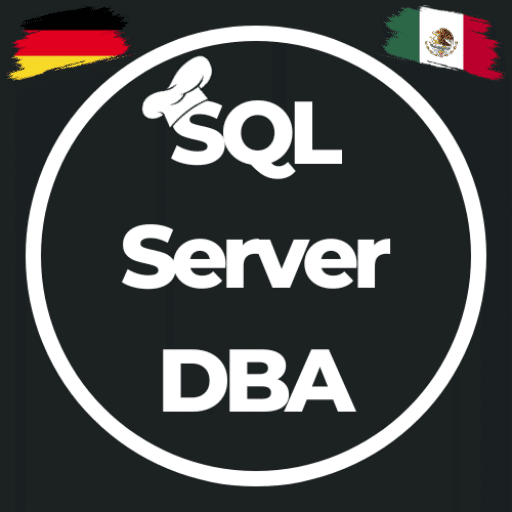TempDB-Performance-Tuning out of the box – T-SQL Tuesday #87
This post might contain affiliate links. We may earn a commission if you click and make a purchase. Your support is appreciated!

T-SQL Tuesday is a recurring blog series which was launched by Adam Machanic (b | t). Every month, a blogger is hosting a topic around the SQL Server and anyone can write a blog post on this particular topic.
This month, Matt Gordon (b | t) our host and the topic is about new features in the SQL Server (starting with the 2014 version) which fixes old issues, see more details in his announcement post.
My topic for this TSQL2sDay is the new possibility to configure the TempDB as part of the SQL Server installation.
much easier Implementation of the Best Practice for TempDB
Previously, after you’ve finished a SQL Server installation, you had to implement best practice recommendations from Microsoftthe best practice recommendations from Microsoft in a more or less complicated way. Either you approach the topic in a more conventional way and adjust the values manually via the SQL Server Management Studio or you had made it a little bit easier to automate this by a T-SQL or Powershell script. But still, you had to add these configuration adjustments every time to achieve an optimized TempDB performance.
Essentially the TempDB performance comes basically with the hardware configuration, in this case, the physical separation between user databases and TempDB by transferring the TempDB onto a high-performance storage. Microsoft recommends the strict separation of UserDB and TempDB, not only through separate folder structures or separate partitions but should by separated (fast) disks. There is no need for a great RAID configuration, a RAID 1 or RAID 10 would be great, but no real need, because the TempDB is always “re-created” when restarting SQL Server, so it would not be a “drama” when it is corrupt or the discs below would crash. (Ok, here I don’t care about the possible loss of data and time).
Overview of Best Practice recommendations
So many adjustments are not necessary to get a better performance of TempDB, I would like to briefly summarize this:
- Physical separation of user databases and TempDB
- Splitting the TempDB into individual data files according to the number of processors
- Autogrowth parameter adjustments
- Trace flag depending on usage / requirement
Once this physical optimization has been implemented in the storage area, you can make the logical adjustments in the configuration. Depending on the processor/core count, Microsoft also recommends splitting data files into several separate files instead of one large data file in order to optimize the performance of the IO streams (parallelization). Likewise, depending on the application or requirements, the data files can initially be set to a fixed size so that the internal structure of the data files are optimized and all files are the same size. (Similar to trace flag 1117/1118). Otherwise, the Autogrowth parameter should be set to 10% so that the data files in conjunction with Trace flags 1117 and 1118 contribute to an optimized, uniform structure of the TempDB.

SQL Server 2016 brings integrated simplifications
The SQL Server 2016 now brings this whole logical optimization right to the installation process… now you can tell the SQL Server how to set the number and distribution of TempDB data files and their auto growth parameters within the installation steps. Microsoft has finally integrated the long-published Best Practices recommendations into the installation process. So you only have to create the hardware prerequisites for the TempDB and can start to install.
Ok, here, too, you have to worry about which values you want to set, but at least you do not have to worry about these configurations afterward!
THANKS to Microsoft for this improvement.
During the installation process, you can set how many data files you want to create, the initial size and the Autogrowth parameter. Theoretically, you are even able to name a separate path for each individual data file (division by the number of cores) or even a separate (SSD) disc. Everything is displayed on a clear screen and can be used also from an inexperienced DBA.
Through this new “Toy” some old “problems” could be reduced … 😉
This post might contain affiliate links. We may earn a commission if you click and make a purchase. Your support is appreciated!
Björn continues to work from Mexico as a Senior Consultant – Microsoft Data Platform and Cloud for Kramer&Crew in Cologne. He also remains loyal to the community from his new home, he is involved in Data Saturdays or in various forums. Besides the topics around SQL Server, Powershell and Azure SQL, he is interested in science fiction, baking 😉 and cycling.
Amazon.com Empfehlungen
Damit ich auch meine Kosten für den Blog ein wenig senken kann, verwende ich auf diese Seite das Amazon.com Affiliate Programm, so bekomme ich - falls ihr ein Produkt über meinen Link kauft, eine kleine Provision (ohne zusätzliche Kosten für euch!).
Auto Amazon Links: No products found.
